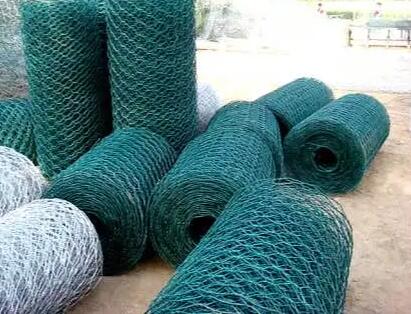The Versatility of Perforated Aluminium A Modern Material for Innovative Design
Perforated aluminium has emerged as a popular material in various industries due to its unique combination of aesthetic appeal and functional properties. This lightweight yet durable material is characterized by a series of holes or patterns that can be customized to meet specific design and performance requirements. The versatility of perforated aluminium makes it an ideal choice for applications ranging from architecture and interior design to industrial equipment and soundproofing.
One of the primary advantages of perforated aluminium is its ability to enhance visual interest in a variety of projects
. Architects and designers often use this material to create facades, screens, and decorative elements that not only serve practical purposes but also contribute to the overall aesthetic of a structure. The pattern and size of the perforations can be tailored to achieve different levels of transparency and light filtration, making it possible to create dynamic visual effects while maintaining privacy.In addition to its aesthetic benefits, perforated aluminium offers excellent performance characteristics that make it suitable for outdoor and industrial applications. Its lightweight nature ensures ease of handling and installation while reducing the overall load on supporting structures. Moreover, aluminium is highly resistant to corrosion, making it a reliable choice for exposed areas and harsh environments. Additionally, perforated aluminium can be easily fabricated, allowing for complex shapes and designs that traditional materials might struggle to accommodate.
perforated aluminium

Perforated aluminium also plays a significant role in improving acoustic performance in many settings. By strategically placing perforations within panels, sound absorption can be enhanced, making it an effective solution for noise reduction in public spaces, offices, and auditoriums. This feature is particularly valuable in urban environments where noise control is essential for creating comfortable living and working conditions.
Sustainability is another vital advantage of perforated aluminium. Being recyclable and energy-efficient, this material aligns with the growing emphasis on environmentally responsible practices in construction and manufacturing. Utilizing perforated aluminium can contribute to reduced carbon footprints, making it an attractive choice for eco-conscious designers and builders.
In conclusion, perforated aluminium stands out as a modern material that embraces both functionality and design. With its variety of applications, aesthetic possibilities, and sustainable attributes, it is no surprise that designers and architects are increasingly turning to perforated aluminium to realize innovative projects. As technology advances and the demand for versatile materials continues to grow, the potential of perforated aluminium in shaping the future of design and construction remains endless.

















